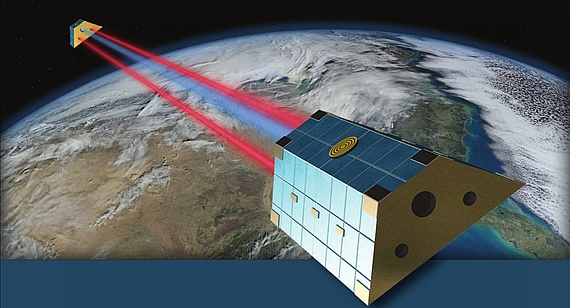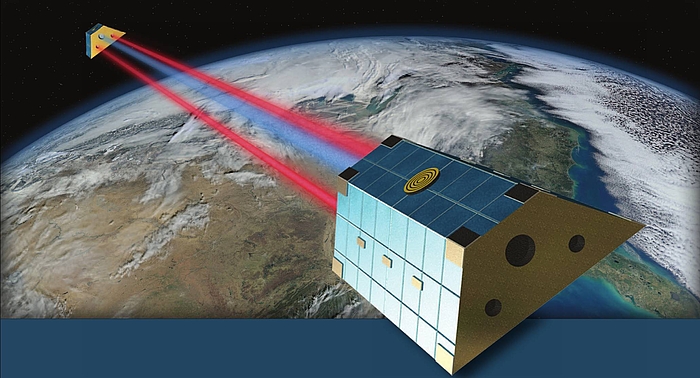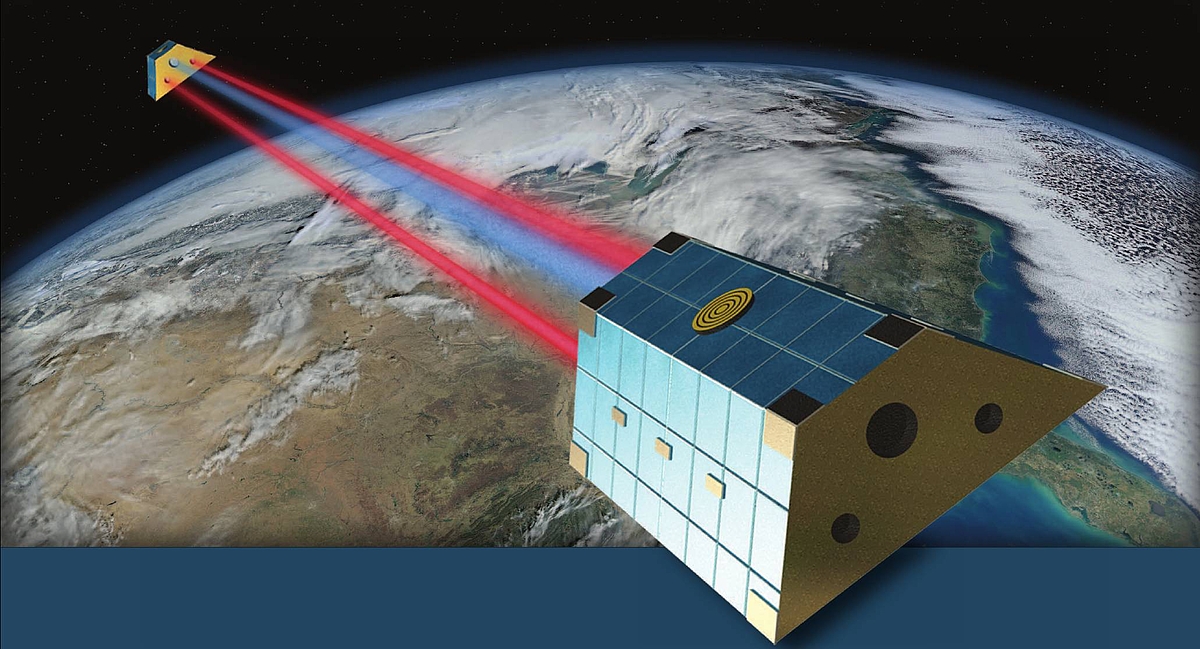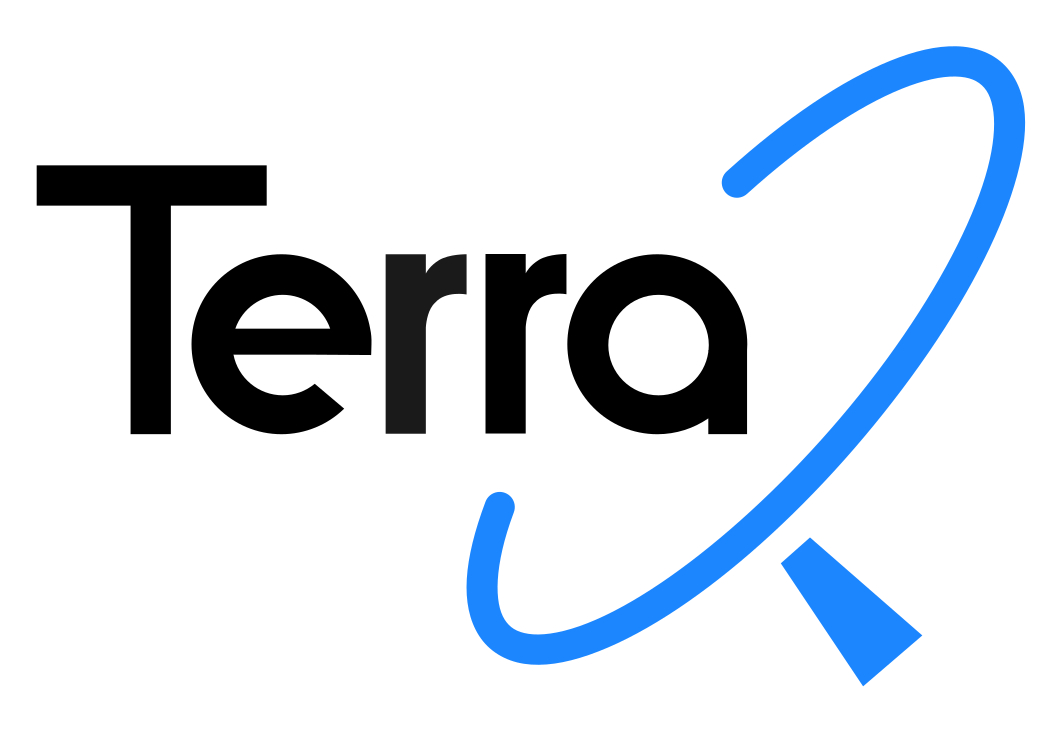This project aims at building on the invaluable experience in designing, testing and operating the LRI to further enhance the functionality, performance and reliability of future instruments. Even though link acquisition worked on the first attempt in the Laser Ranging Interferometry (LRI), it took many hours and had been considered very risky in early project phases. Both microwave and LRI instruments provide ‘biased’ ranges with an unknown offset. Absolute ranging may open new avenues for orbit determination and data processing. Specifically this project will
- Develop techniques to ease the difficult problem of link acquisition, using camera-like optical sensors, and iodine cells as quantum-based absolute frequency references.
- Evaluate possible alternative optical layouts, such as in-line topologies and their potential to be made redundant for use as primary instrument.
- Explore the benefits and feasibility of using auxiliary modulations on the laser link for absolute ranging, clock synchronisation and data transfer.
This project will include both design studies and simulations as well as experiments with prototypes of the selected equipment. It will closely interact with projects B02 for spacecraft simulations and B03 for optical simulations. The results are expected to provide invaluable information for the design of future missions, which is expected to begin during or shortly after the first funding period, and also for other missions such as gravitational wave observatories like Laser Interferometer Space Antenna (LISA).


 ©
AEI/ Schütze
©
AEI/ Schütze
Objectives of B04 - Advancing Inter-Spacecraft Laser Interferometry
- Evolve the GRACE Follow-On LRI design for future missions,
- Develop techniques for simplified link acquisition,
- Study quantum-based absolute frequency references for laser stabilisation,
- Develop absolute ranging, clock synchronisation and data transfer as auxiliary functions of the laser link.












